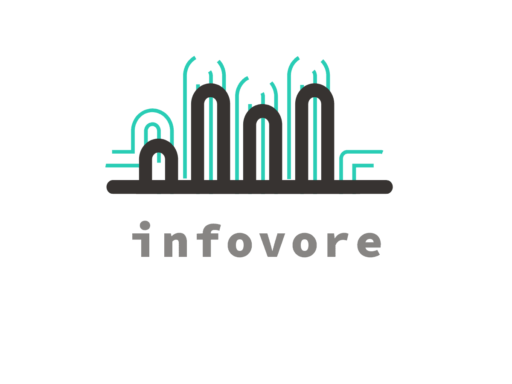As a web3 developer, building decentralized applications that efficiently power hundreds of on-chain user transactions can take a lot of work. Unless you acquire more profound insights into how Ethereum transactions are processed by the EVM, developing performant smart contracts may be as difficult as walking through a dark forest.
Category: blockchain
Metamask is the most popular cryptocurrency wallet with over 10 Million monthly active users. Available as a browser extension and mobile app, Metamask provides key functionalities that make it easy to interact with the Ethereum blockchain and other notable chains like Binance, Avalanche, and Polygon. Web3 developers may use these capabilities to power decentralized apps (dApps), allowing users to perform blockchain-based transactions securely with a single sign-on.
In this article, we will use TypeScript to add a Metamask connect button to a basic React project. Google’s Firebase social login, which allows developers to build apps that authenticate users using their Google, Facebook, GitHub, and Twitter accounts, is a similar traditional web equivalent.
Let’s get started.
Only The Centaurs Win
Note: An AI wrote parts of this article. Try to guess which 🙂
In the first chapter of Smarter Than You Think, the author, Clive Thompson, narrated the story of the rise, fall and rise of Kasparov, a chess grand champion.
The main takeaway depicted a battle between the past and the future. In 1997, IBM’s Deep Blue supercomputer beat the world champion, Kasparov, in a game of chess. The defeat was devastating, with media outlets terming it the evil triumph of AI over the brain.
But Kasparov did something beautiful after that. He learned the ways of the supercomputer partnering with the AI giving birth to what’s now called Advanced Chess.
Software is eating the world. And to be spared, one needs to pander to its desires, master them and, in turn, use them to achieve one’s goals.
Introduction
So you are walking by a resort, and a beautiful landscape attracts you. But you are in a hurry, so you quickly bring out your iPhone, snap and walk away, intending to check it out later.

Behind this simple process is a complex system powered by tons of computing power hosted at massive data warehouses.
Introduction
Ever since I discovered Moralis, I’ve always wanted to play around with the API to see its capabilities. If you’re interested in my work with QuickNode API, you can find it here.
Below is a screenshot of our app’s final version.
HTML Starter
To get started, we will be setting up a basic HTML file called index.html. Since we will be using Tailwind CSS, the Tailwind HTML starter template is a good starting point. We will also be using the CDN link for styles.
N.B. We will be using this since we’re just running a test setup. Using the npm installation is advised for production setups and not the CDN link.
